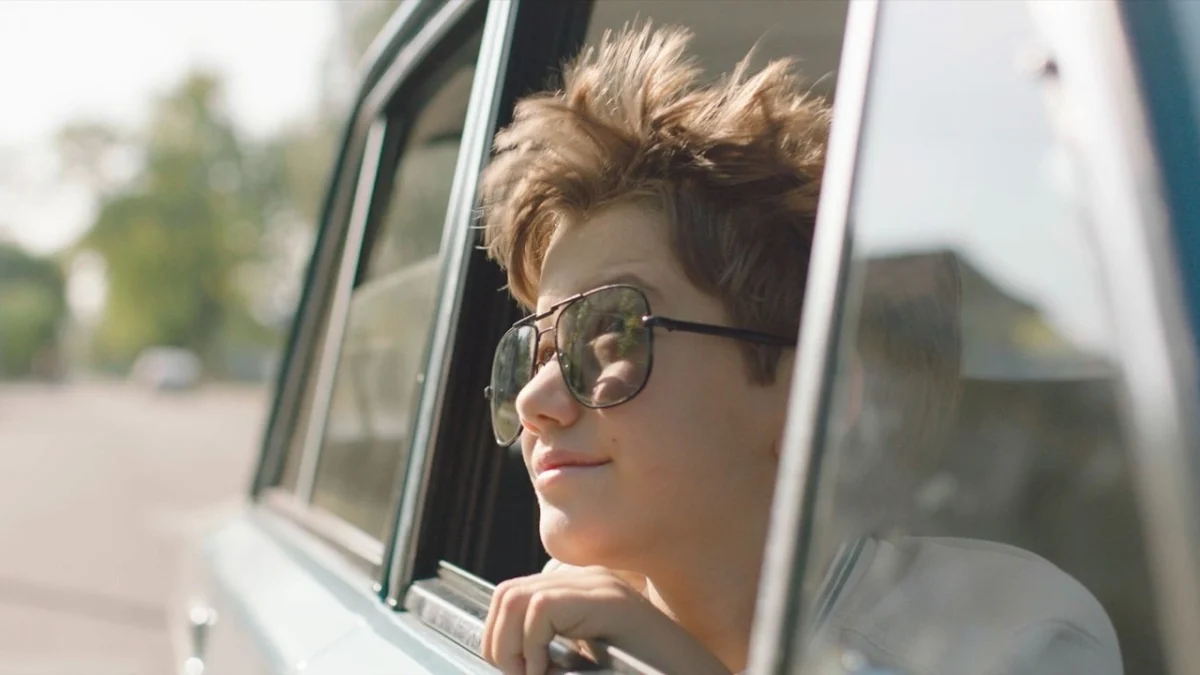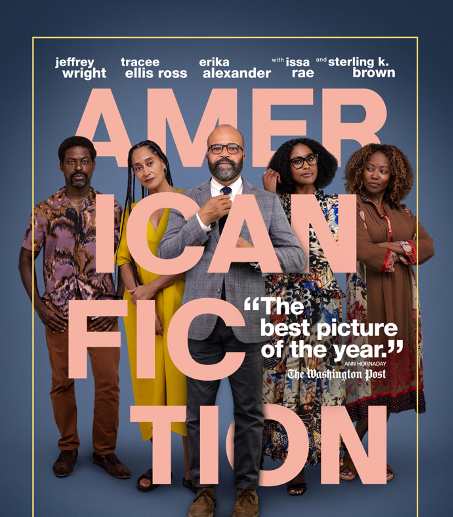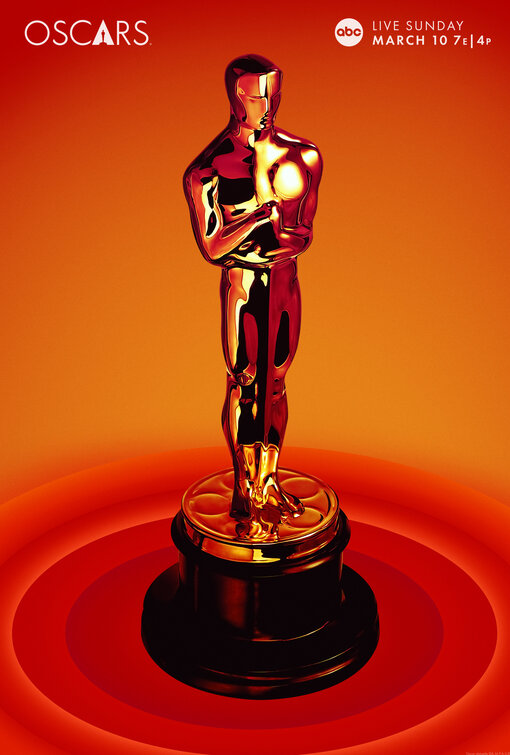Where is your comfort zone? Mine lies under the covers of my bed with some cold water and a good show. Pretty dull, isn’t it? I’m sure I’m not much different from your average college kid. After the drain that comes with a full day of classes, sensory overload is the last thing one would want. What’s wrong with that? I could live most of my life there if I wanted, but why don’t I? Because I wouldn’t have the faintest clue about the world around me.
The importance of films like “Raw” is in their messages. Released in 2017, this French-Belgian horror delves into the common themes of college films, with a macabre twist: cannibalism. The film focuses on a first-year veterinary student at a prestigious medical school, Justine, who discovers that her lifelong vegetarian habits have led to an insatiable hunger for meat, in all forms. Many (myself included) can’t stand to see such horrific acts, no matter how fake or real they may be. “Raw” is an extreme example, of course, but serves as an excellent reflection of what we view as art.
What is art, for that matter? Art can be anything we will it to be. Art can test limits yet warm hearts. Our individuality drives our creativity, because most people don’t go to museums or the theaters to see what they’ve seen before. “Raw” fills the criteria of something I have never seen before in a profound way. “Raw” presents its truths in the ugliest ways, but utilizes its score to make these intense scenes of violence have a sort of beauty.
“Raw” falls into the category of art that tests limits in resounding fashion. There were several instances throughout that were deeply unsettling to the point where I needed a break to gather myself. But at the end of this 90-minute odyssey, I didn’t feel disgust or regret, I felt as though I had gained insight into aspects of my own life.
In addition to its poignant messages,“Raw” continues to impress on a technical level. Though accompanied by a vibrant and varied score, these songs do not override the importance of dialogue or any scene. Consistent camera work, composition and color schemes almost make one forget this is director Julia Ducournau’s full-length theatrical debut. Devoid of most common sophomoric mistakes, “Raw” has made Ducournau a name to watch in the coming years, another in the shifting diversity of the boys club in Hollywood.
Thanks to emphatic performances by Garance Marillier (Justine), Ella Rumpf (Alexia) and Rabah Naït Oufella (Adrien), social dynamics of familial and romantic relationships are tackled effectively and convincingly. Much like Ducournau, this trio shows little to no signs of a major cinematic debut, displaying capability in the French scene and beyond. Though the technical aspects take a backseat to the messages “Raw” sets out to convey, the hard work from the crew of this film should not be lost on anybody.
In terms of its relation to the horror genre, “Raw” secures its place in the recent renaissance of horror films, a long-awaited revival for horror fanatics such as myself. Unlike “Hereditary” and “Get Out”— wonderful films in their own right — “Raw” reminds us of the level of depth required to execute masterful horror. Spanning drama, comedy and coming-of-age, “Raw” reminds us that truly jarring horror requires depth. Rarely reverting to cheap tactics, “Raw” is patient and brutal with its horrific elements and provides an excellent example of the importance of world building. By creating a connection to the characters, their actions carry more weight and their respective endings possess a finality spanning beyond the ending credits.
It takes a film like “Raw” gaining a larger audience to make us realize the value in underappreciated artists as a whole. After watching, I have continued to expand my horizons in all art forms and continue to find to new ways to view life and approach its problems. This trend wasn’t started by “Raw,”but is my own personal revolution.
Jackson Walker can be reached at [email protected].



















